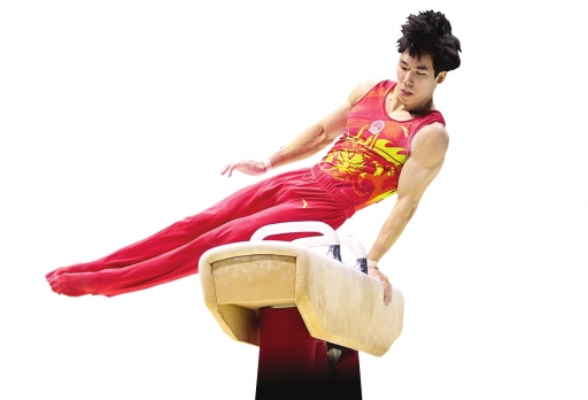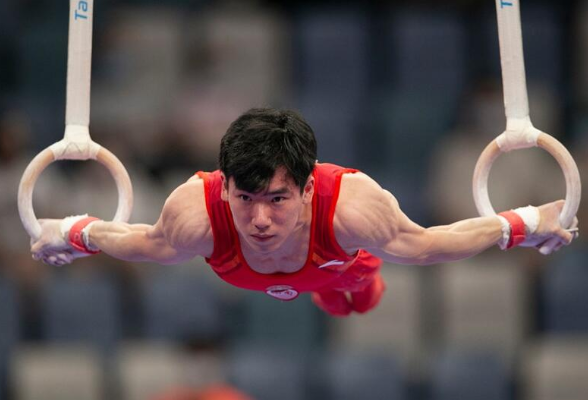红网时刻记者 朱丽萍 谭婕倪 实习生 曹颖 成都报道
在三星堆博物馆,各种人物、动物、植物等造型的青铜“雕塑”,像一件件艺术品一样,很注重审美,给人感觉非常抽象、夸张、浪漫、神秘。在神秘的三星堆,各种精美文物向世人展现了古蜀人惊人的创造力,也藏着古蜀人独有的浪漫情怀。
In the Sanxingdui Museum, the bronze "sculptures" of various figures, animals, plants and other shapes, are like pieces of art,attach great importance to aesthetic appreciation, artistic exaggeration, romance and mystery. In this mysterious museum, all kinds of delicate relics show the world how creative Ancient Shu People are, and these relics also involve Ancient Shu People’s romantic feeling.
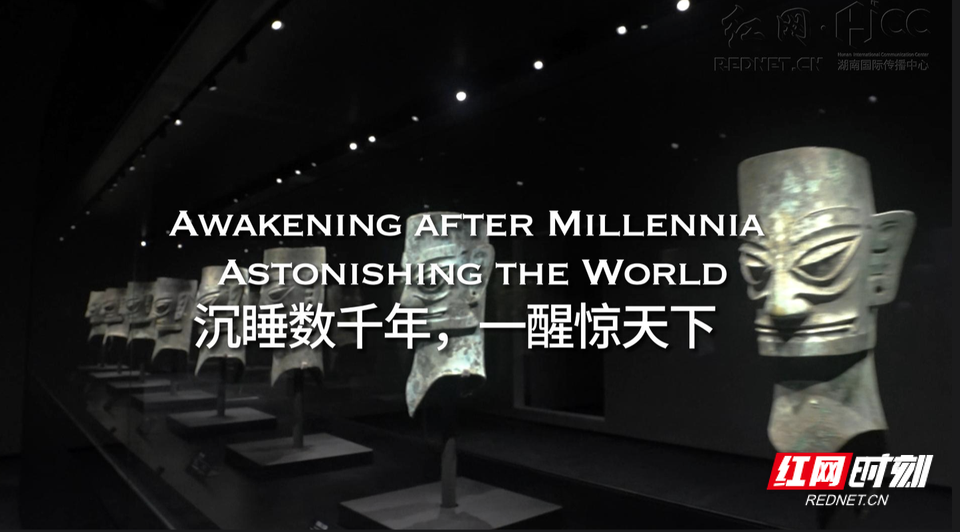
在中国四川省广汉市,从1986年两个“祭祀坑”被发现,到现在已过去37年,三星堆文化遗址群,年代上下延续近3000年。
It has been 37 years since two "sacrificial pits" were discovered in 1986 in Guanghan, Sichuan province. But the history of the Sanxingdui Ruins has lasted for more than 3,000 years.
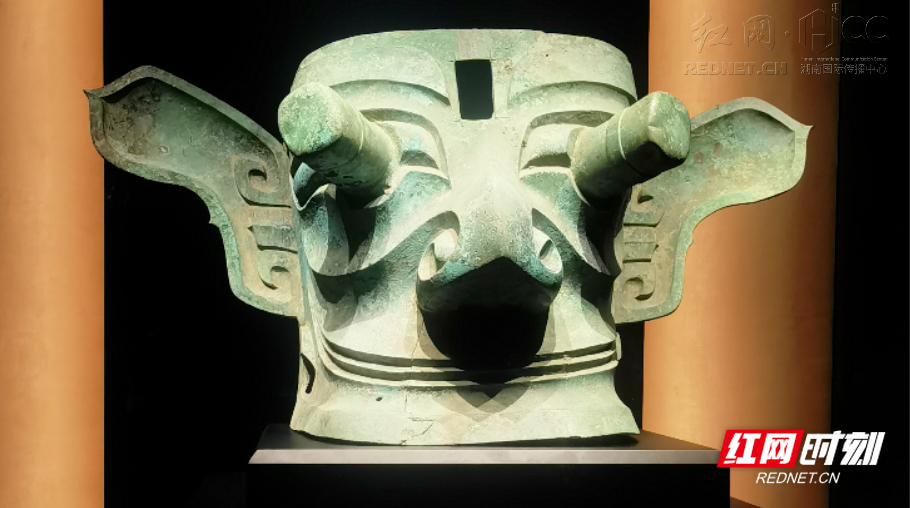
三星堆出土的重要文物之一,就是这件青铜纵目面像。这个造型奇特的面具,全世界只此一份,独一无二。它有别于其他古文明人像造型,两个眼睛呈柱状,向外突出约16厘米,它的眼睛和耳朵,就像传说中的千里眼、顺风耳,这些并不写实的青铜人像造型,被人们误以为是外星文明。然而,这些文物是象征和符号的结合体,是古蜀人对祖先特点的进一步“神化”。
This bronze mask with protruding eyes is one of the important relics unearthed from Sanxingdui. This strangely-shaped mask is unique, and you cannot find a second one in the word. Different from the bronze statues from other ancient civilizations, this mask has two columnar eyes on it, protruding outward with the height of 16 cm. The eyes and ears of the mask are reminiscent of legendary Thousand-mile Eye and Wind-accompanying Ear. These bronze statues are so abstract that they are often misunderstood as something like alien civilization. However, these relics, as the combination of various symbols, are the indication of Ancient Shu People’s deification of their ancestors.
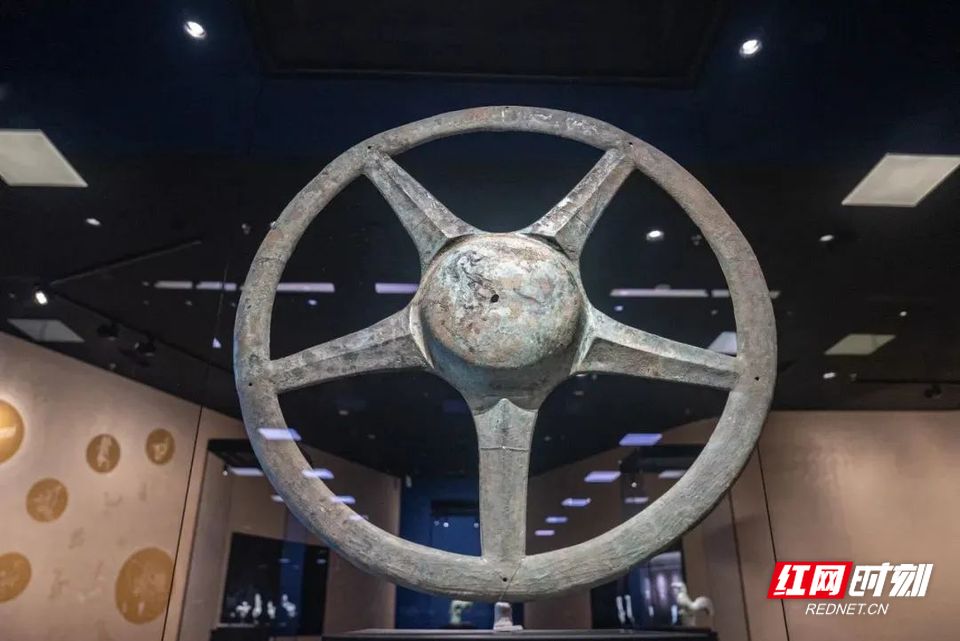
古蜀是一个多崇拜的族群,例如巨石、神树、太阳、鸟等,都是古蜀人超自然崇拜的对象。三星堆出土大量带有这些崇拜元素的文物,是古蜀人美好的想象与现实交织的体现,藏着中国蜀人恢诡浪漫、雍容大雅的艺术世界和奔赴光明的美好愿景。
Ancient Shu People are an ethnic group of characteristic of polytheism worship, such as boulders, divine trees, the sun, birds and other supernatural powers. A large number of relics of worship elements have been unearthed in Sanxingdui. They combined the reality and Ancient Shu People’s incredible imagination, and also show Ancient Shu People’s innermost art world which was magnificent, fanciful, romantic and elegant, and their pursuit of a bright future.
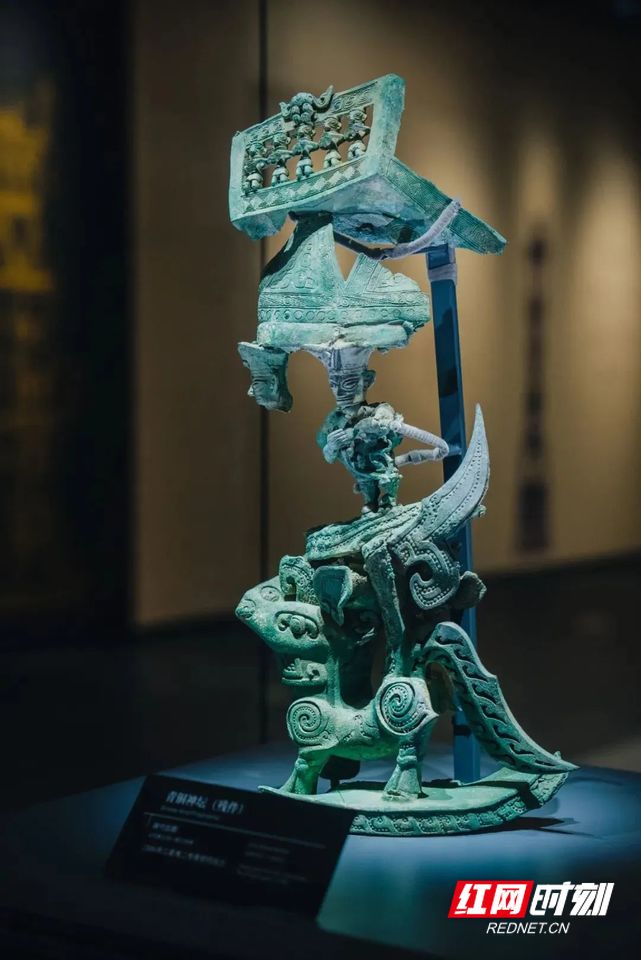
古蜀时期,成都平原气候湿润、土地肥沃,绝佳的自然地理环境孕育出了发达的农耕文明,而发达的农耕文明又使古蜀人对有限的生命产生了无尽的向往。这些形态各异的具有独特美感的文物刻画出了古蜀国人们的生活图景,也展现出了他们想要向外探求更多生命可能性的愿景。
In Ancient Shu (dating from the pre-Qin period), Chengdu plain, with its splendid natural geographical environment, such as humid climate and fertile land, gave birth to the mature agricultural civilization. That, in turn, aroused Ancient Shu People’s lasting enthusiasm for their limited lives. These distinctive and artistic relics display a colorful picture of their lives and show their effort to seek more possibilities of lives.
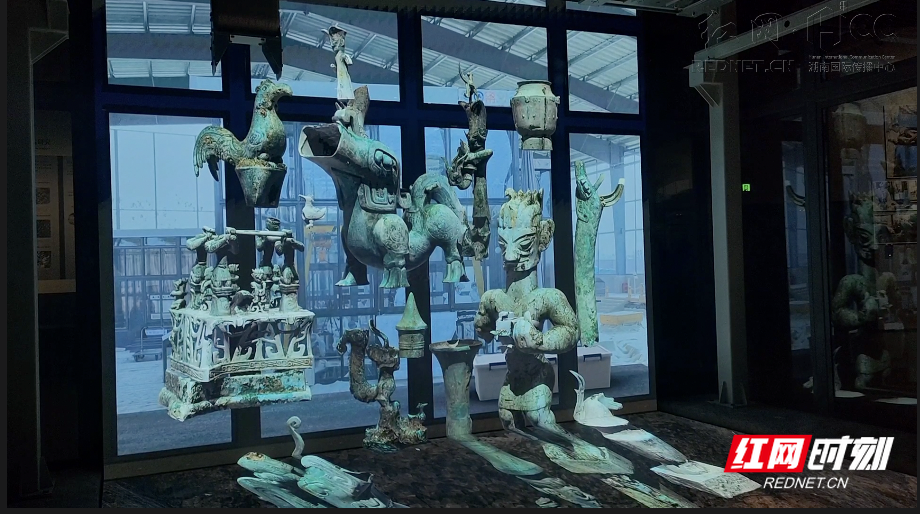
在距今5000年前,西方国家两河流域、美索布达尼亚平原,开始出现了人物雕像。作为长江上游地区古代文明的中心,三星堆这些大大小小的青铜器的出土,尤其是青铜器人物雕像,可以说填补了中国在3000多年前没有人物雕像和青铜人物雕像的空白,也证明了中国出土的青铜器除了实用之外,还有很多艺术类的青铜器,体现出中国人独特的浪漫情怀。三星堆向世界证明,中国的艺术审美一点也不逊于西方国家。
About 5,000 years ago, statues began to appear in Ancient Mesopotamia. As the center of ancient Chinese civilization in the Upper Reaches of The Yangtze River, Sanxingdui unearthed bronzes of different shapes, especially bronze statues, filling the gap that there were no statues and even bronze statues 3,000 years ago in China. It also demonstrated that the bronzes unearthed in China include not only practical ones, but also the bronzes with high artistic value, representing the romantic feelings unique to Chinese people. Sanxingdui proves the fact that the aesthetic ability of Chinese people is in the least infer ior to that of westerners.
来源:红网
编辑:王津




